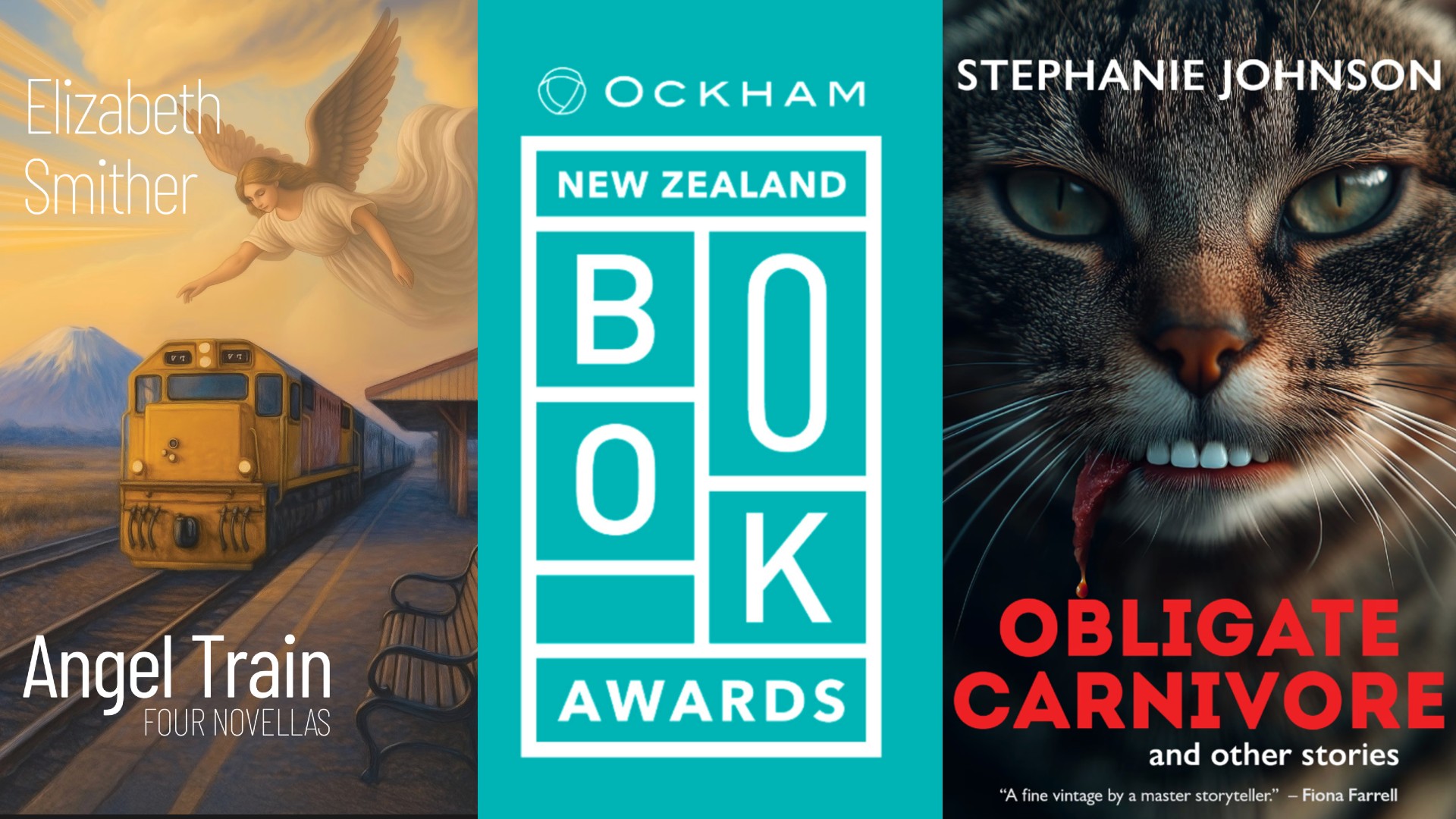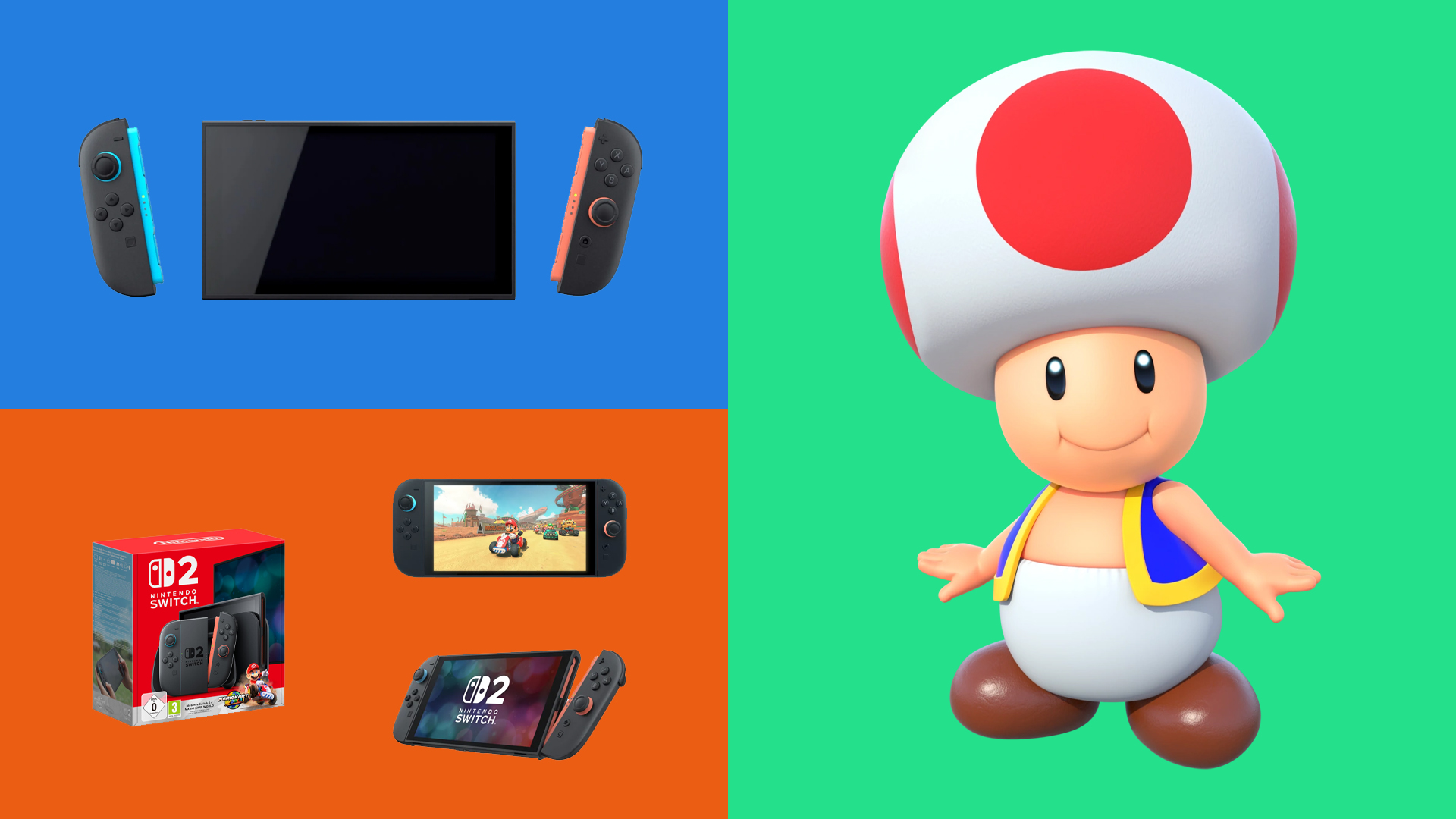Why are we punishing authors for illustrations they had nothing to do with?
Fighting back against AI art shouldn't mean screwing over other creatives in the process.

It's fair to say that AI has been the big disruptor of 2025. And illustrators have been at the sharp end of things, to say the least. But I'm worried that innocent creatives are starting to get caught in the backlash.
Right now, my LinkedIn is full of writers who've been accused of using AI because (and I'm not making this up) they've used em dashes. The popular idea behind this is that em dashes are an AI "tell" because they are common in the responses given by chatbots like ChatGPT.
The reason you see these dashes in AI writing a lot is that they're common in the large amounts of formal text, such as books and academic papers, that AI was trained on. So now I've heard writers say they're avoiding these hyphens, and even putting deliberate typos to their work, to avoid people thinking they used AI. Am I wrong, or is that sheer madness?
Now here's another example of what might be called AI Derangement Syndrome. Two of New Zealand's finest authors, Stephanie Johnson and Elizabeth Smither, have been shown the door from the country's top literary prize. Their transgression? Someone used AI to design their book covers, both published by Quentin Wilson. Not write their books. Just the covers, which they had nothing at all to do with. Sure, they're hardly the best book covers of all time, but should the authors be punished for them?
Out of their control
Now don't get me wrong. I'd hate AI to be used to design or decorate any of my books. In fact, one of the reasons my first book, Great TED Talks, was so popular were the fantastic illustrations by Matt Windsor and elegant design by Tony Seddon. I'm also well aware the editor of my latest tome, 50 Greatest Designers, put blood, sweat and tears into sourcing the absolute best photography to bring this beautiful coffee table to life. So I don't take these things lightly.
But I'm also aware that not every author is as lucky as me, and generally writers have zero control over what the publisher puts on the cover. So the notion that they should somehow be held responsible is absurd.
In this case, it feel doubly unfair because the awards committee amended their guidelines in August, months after publishers would have commissioned these covers. It's essentially a retrospective punishment for a rule that didn't exist when the work was done.
Daily design news, reviews, how-tos and more, as picked by the editors.
The trust says it's taking a "firm stance on the use of AI in books" and of course, that's admirable. But this is a literary prize, and these stories weren't written by AI. The words, the actual literature being judged, are entirely human.
Ironically, both authors have previously judged categories of this very award. And both say that, in the past, covers barely factored into their deliberations. Because, well, you don't judge a book by its cover. That's literally the expression we use to describe a superficial judgement.
Key takeaway
I'm not saying any of this stuff is easy, of course. I understand the impulse to draw a line. The creative industry is terrified (rightfully so) about AI's implications for artists and illustrators. And those concerns deserve serious attention.
But I think the takeaway here is that if you genuinely care about protecting creatives, you have to be super-careful. So if you're involved in any kind of awards, this is a wakeup call to think deeply about the subtleties of any new rules you introduce.
Don't write vague guidelines that punish the wrong people after the fact. Do engage with publishers before submission deadlines. And do distinguish between using AI to generate entire works versus using AI-assisted tools (such as Grammarly or Photoshop) that have become industry standard, but can easily become confused with "everything was done with AI".
Because sometimes "taking a firm stance" just means you've dug your heels in, without looking where you're standing.

Tom May is an award-winning journalist specialising in art, design, photography and technology. His latest book, The 50 Greatest Designers (Arcturus Publishing), was published this June. He's also author of Great TED Talks: Creativity (Pavilion Books). Tom was previously editor of Professional Photography magazine, associate editor at Creative Bloq, and deputy editor at net magazine.
You must confirm your public display name before commenting
Please logout and then login again, you will then be prompted to enter your display name.
